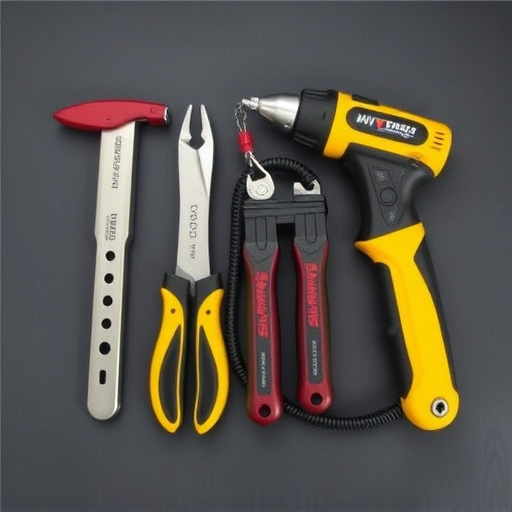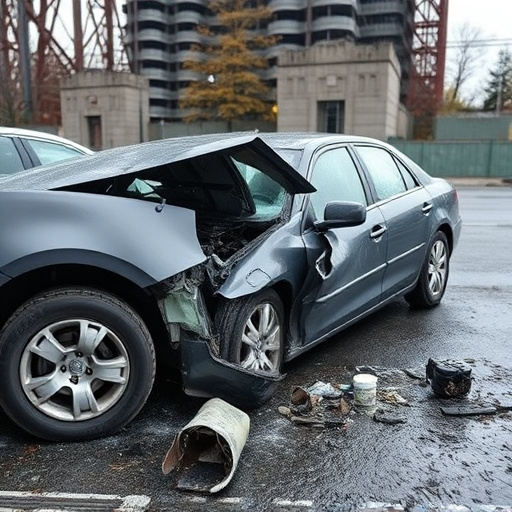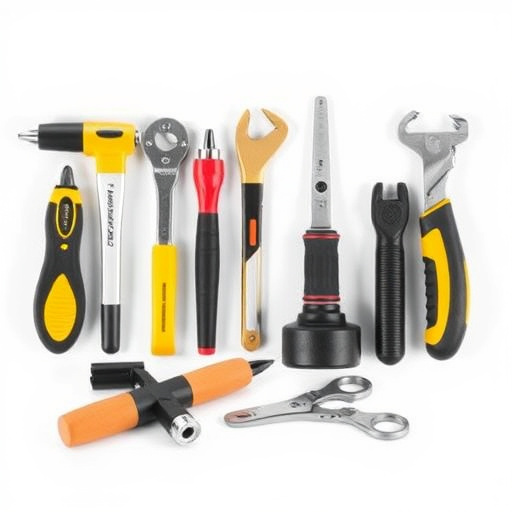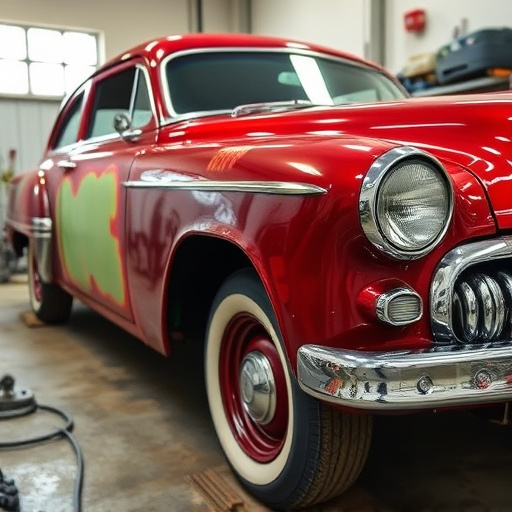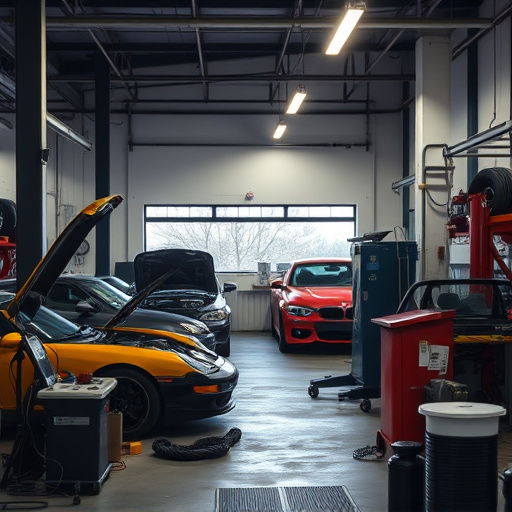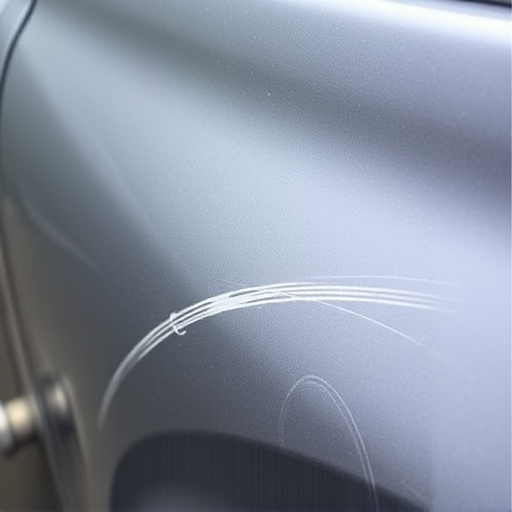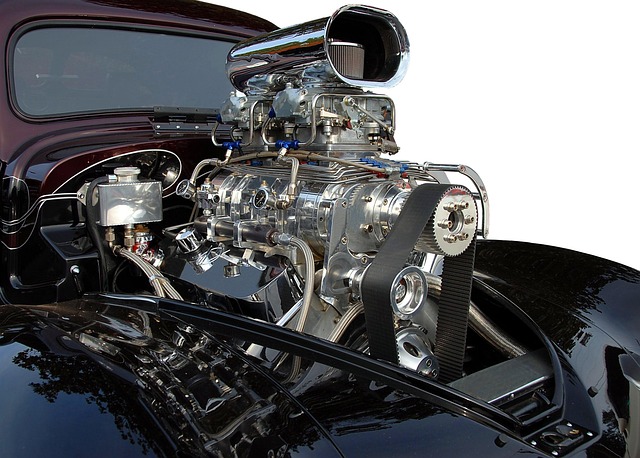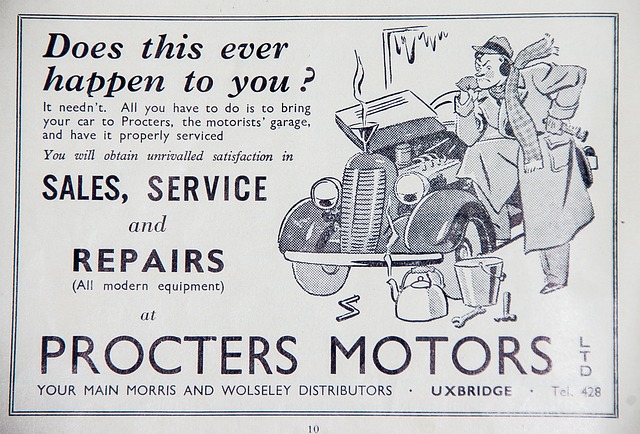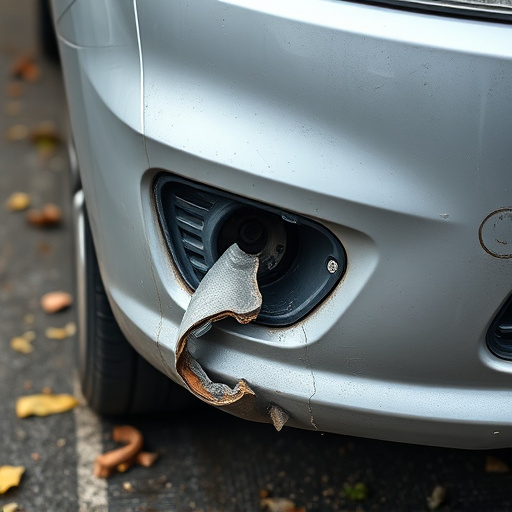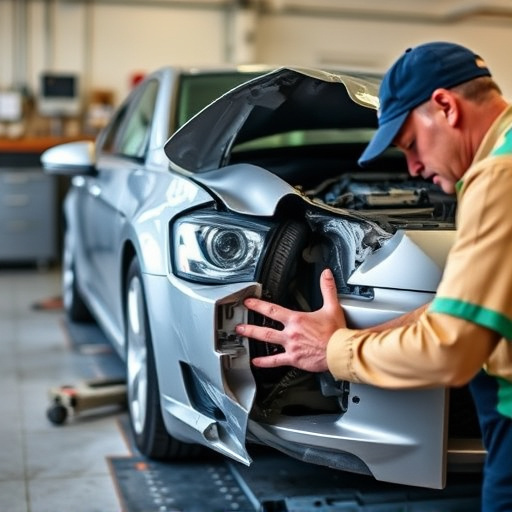Mercedes acoustic glass replacement enhances vehicle comfort and safety by reducing noise pollution. Professional installation at a collision center is crucial for structural integrity and optimal noise cancellation. The process involves thorough inspection, debris removal, re-sealing with high-quality sealants, and using specific tools/materials. Regular inspections and proactive maintenance ensure durability and quietness of the acoustic glass.
Mercedes acoustic glass replacement is a specialized process that demands precision and expertise. This article explores best practices for replacing and re-sealing Mercedes acoustic glass, ensuring optimal sound insulation and longevity. By understanding the unique technology behind Mercedes acoustic glass and preparing adequately, you can achieve professional results. We’ll guide you through each step, from initial assessment to final sealing, offering valuable insights for a successful and long-lasting repair.
- Understanding Mercedes Acoustic Glass Technology
- Preparing for Effective Glass Replacement
- Best Practices for Re-Sealing and Longevity
Understanding Mercedes Acoustic Glass Technology
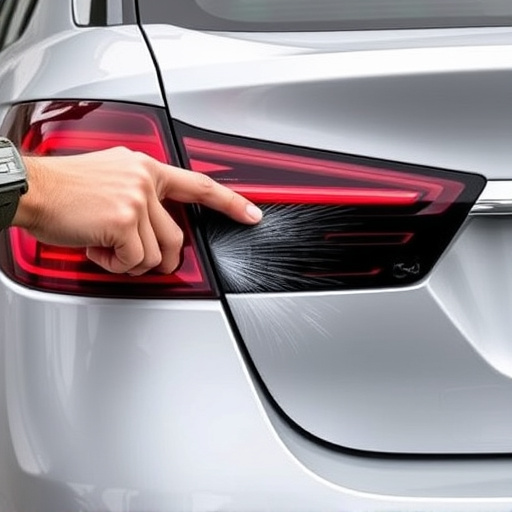
Mercedes Acoustic Glass is a cutting-edge technology designed to enhance vehicle comfort and safety. This advanced glass system is engineered to reduce noise pollution inside the car, providing passengers with a quieter and more serene driving experience. The technology incorporates specialized coatings and multiple layers of glass, acting as an effective sound barrier against external noise. This is especially beneficial for drivers navigating bustling city streets or enduring loud traffic conditions.
When considering Mercedes acoustic glass replacement in case of damage or during car restoration, it’s crucial to trust a professional auto collision center with expertise in this field. They employ specialized tools and techniques to ensure precise removal and replacement, maintaining the vehicle’s structural integrity and the effectiveness of its noise-canceling properties. A well-executed replacement and resealing process can transform your car dent repair experience, offering both enhanced aesthetics and improved in-cabin comfort.
Preparing for Effective Glass Replacement
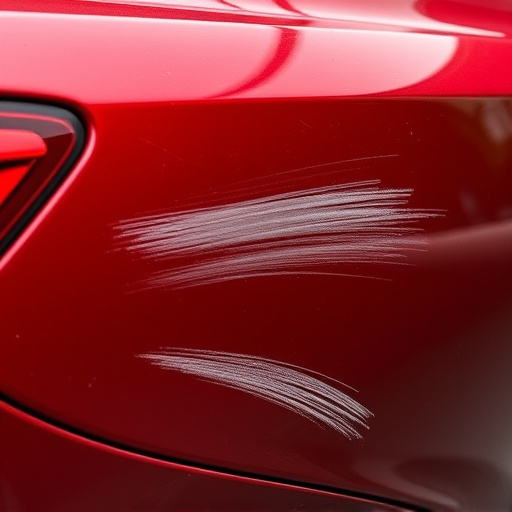
Preparing for a Mercedes acoustic glass replacement involves a meticulous process to ensure optimal results. First, thoroughly inspect the damaged area and surrounding components. Remove any debris or remnants of the cracked or shattered glass, as even tiny particles can affect the new glass’s adhesion and soundproofing capabilities. This step is crucial in preventing future issues with the vehicle’s acoustics.
Additionally, assess the need for re-sealing or replacing other parts of the window frame or door panel to maintain structural integrity and water tightness. A well-prepared workspace, equipped with the right tools and materials—including high-quality replacement glass specifically designed for Mercedes models—is essential for effective glass replacement and subsequent sealing in a vehicle body shop offering collision repair services.
Best Practices for Re-Sealing and Longevity
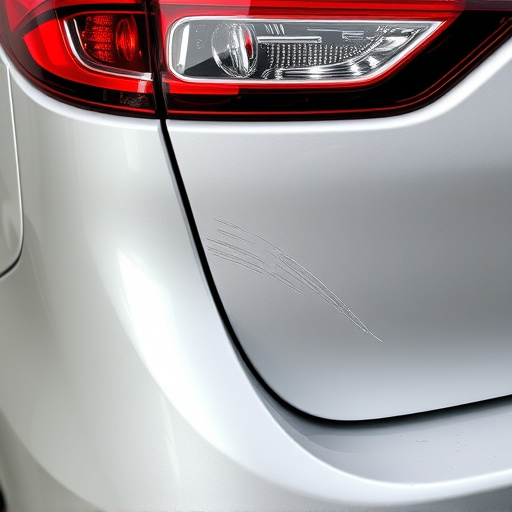
When undertaking Mercedes acoustic glass replacement, re-sealing is a critical step to ensure optimal performance and longevity. Utilize high-quality silicone sealants designed specifically for automotive applications to create a durable barrier against water, dirt, and other elements that can compromise the integrity of the glass. Proper application techniques are paramount; follow manufacturer guidelines closely for the best results.
Regular inspections are crucial for maintaining the effectiveness of your re-sealing efforts. Keep an eye out for signs of damage, cracks, or sealer failure, addressing these issues promptly through expert auto body services. Collision damage repair can often lead to weak spots in the sealing system; a proactive approach involving meticulous maintenance and timely replacements will contribute to the overall durability and quietness of your Mercedes’ acoustic glass.
Mercedes acoustic glass replacement is not just about swapping out damaged panels; it’s a meticulous process that requires understanding the unique technology involved. By preparing thoroughly, adhering to best practices during re-sealing, and prioritizing longevity, you can ensure your Mercedes maintains its superior noise cancellation capabilities and overall vehicle integrity for years to come. These practices are essential for both professional technicians and DIY enthusiasts aiming to master Mercedes acoustic glass replacement.
